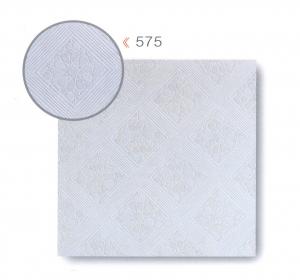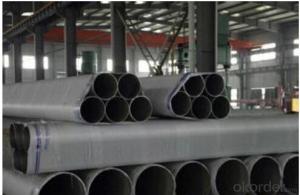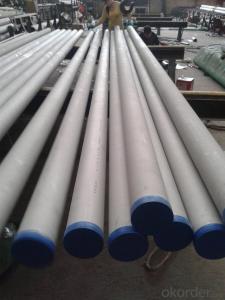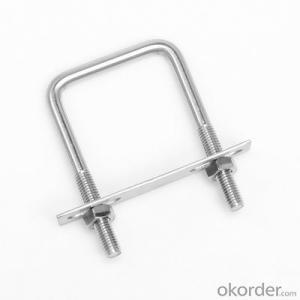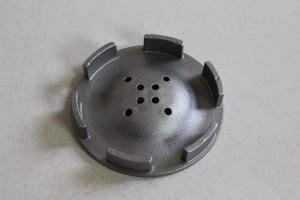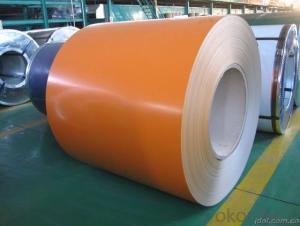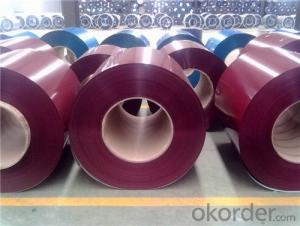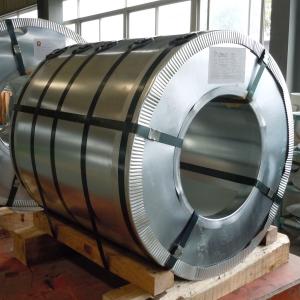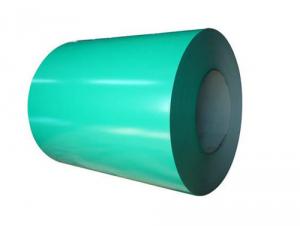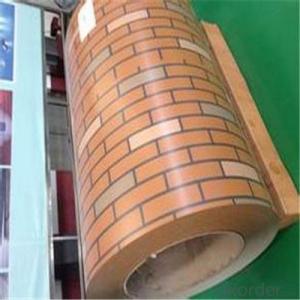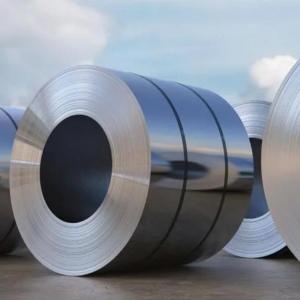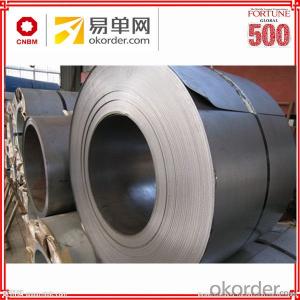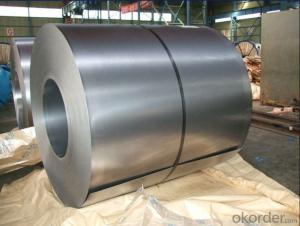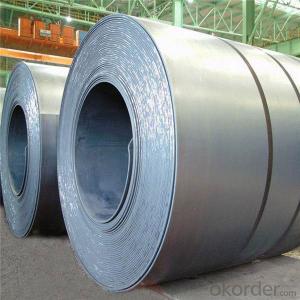Stainless Steel J Bolts
Stainless Steel J Bolts Related Searches
Best Paint For Stainless Steel Blanket Insulation For Steel Buildings Primer For Galvanized Steel Foam Filter For Stainless Steel H S Code For Stainless Steel Surface Grinding Wheels For Stainless Steel Surface Grinding Wheels For Hardened Steel Hole Saw For Stainless Steel Paint For Stainless Steel Stainless Steel For BbqHot Searches
Steel Mesh Panels For Sale Price For Stainless Steel Scrap Scrap Price For Stainless Steel Price For Stainless Steel Stainless Steel Tank For Sale Stainless Steel Sheets For Sale Cheap High Tea Sets For Sale Stainless Steel Tanks For Sale Stainless Steel For Sale High Density Fiberboard For Sale Solar Hot Water Collectors For Sale Scaffolding For Sale In Uae Scaffolding For Sale In Ireland Scaffolding For Sale In Houston Type Of Inverter For Solar Price Of Shipping Containers For Sale Types Of Inverter For Solar Stock Price For Aluminum Used Solar Inverter For Sale Steel Mesh Panels For SaleStainless Steel J Bolts Supplier & Manufacturer from China
Okorder.com is a professional Stainless Steel J Bolts supplier & manufacturer, offers integrated one-stop services including real-time quoting and online cargo tracking. We are funded by CNBM Group, a Fortune 500 enterprise and the largest Stainless Steel J Bolts firm in China.Hot Products
FAQ
- Steel coils are used in the manufacturing of solar panels primarily for the structural support and durability they provide. These coils are often used to construct the frames and mounting systems that hold the solar panels in place. The strength of steel ensures that the panels remain stable and secure, even in harsh weather conditions. Additionally, steel coils can be shaped and formed to meet the specific design requirements of solar panel installations, making them a crucial component in the manufacturing process.
- There are several types of steel coil edge finishes, including mill edge, slit edge, and sheared edge. Mill edge refers to the natural, untreated edge of the steel coil as it comes from the mill. Slit edge is created when the coil is slit into narrower widths, resulting in a smooth, burr-free edge. Sheared edge is produced when the coil is cut using mechanical shearing, resulting in a slightly rougher edge compared to slit edge.
- I don't know why but I'm having a VERY difficult time finding the melting point of 1008 steel.
- It is still the same for 1008 steel. Go to the bottom and see the listing of the grades it covers. Since the only difference between the 1006 and 1008 steel is a few micro amounts of alloys and by far the greatest majority or main component is iron (99%), as a general melt temperature , 2750 F is the melt temperature at which the other alloys are added to the charge to fine tune the mix. Just like adding salt to distilled water actually lowers the boiling point of water, adding alloys to iron decreases the melting point of iron. The iron melts at 2800F, but once alloys to make the 1008 grade are added, it decreases melt temp to 2750F. Since the melting point of pure iron is 2800F, the temperature is actually decreased by adding these impurities of alloys. These alloys are tested while the mix is starting to come down from a pure melt, steel is sampled. and then alloys below are checked and added to make the 1008 steel. The steel is maintained at 2750 F so that the less volatile alloys don't boil off before combining with steel. Minimum Properties Ultimate Tensile Strength, psi 43,900 - 51,900 Yield Strength, psi 26,100 - 34,800 Elongation 42 - 48% Chemistry Iron (Fe) 99% Carbon (C) 0.08% Manganese (Mn) 0.6% max Phosphorus (P) 0.035% max Copper (Cu) 0.2% min Sulfur (S) 0.04%
- Steel coils are an essential component in the production of metal shelving. These coils, which are made from high-quality steel, undergo a series of manufacturing processes to transform them into sturdy and durable shelves. Firstly, the steel coils are unwound and flattened to the desired thickness using a machine called a slitter. This process ensures that the coils are of uniform size and thickness, which is crucial for producing consistent and reliable shelves. Next, the flattened steel is cut into specific lengths using a shear. These cut-to-size pieces are then sent to a press brake, where they are bent and shaped into the desired shelf design. The press brake applies pressure to the metal, allowing it to be folded or formed into different angles and shapes, such as shelves with raised edges or adjustable brackets. Once the shelves have been formed, they go through a process called welding, where any joints or seams are securely fused together. This welding process ensures the structural integrity of the shelves, making them capable of supporting heavy loads and maintaining their shape over time. After welding, the shelves undergo surface treatment to enhance their appearance and protect them from corrosion. This can include processes such as cleaning, sandblasting, and painting. The surface treatment not only improves the aesthetic appeal of the shelves but also extends their lifespan by preventing rust and other forms of deterioration. Finally, the shelves are inspected for quality control to ensure that they meet the necessary standards. This includes checking for any defects, measuring dimensions, and conducting load-bearing tests to ensure the shelves are capable of withstanding the intended weight capacity. In summary, steel coils are used in the production of metal shelving by being unwound, flattened, cut, bent, welded, treated, and inspected. These coils provide the raw material necessary to create strong, durable, and aesthetically pleasing shelves that can be used in various settings such as warehouses, retail stores, and homes.
- Due to their durability and strength, steel coils are frequently employed in the production of agricultural systems. Specifically, these coils are commonly utilized in the creation of machinery and equipment essential for agricultural operations. One prevalent use of steel coils lies in the manufacture of farming machinery such as tractors, plows, and cultivators. These machines necessitate robust components capable of enduring the challenging conditions present in the agricultural environment. Steel coils are employed to fabricate the frames, chassis, and other structural parts of these machines, providing the necessary strength and support. Additionally, steel coils are employed in the creation of irrigation systems, which play a crucial role in efficient water management within agriculture. These coils are employed in the construction of pipes, valves, and fittings, ensuring the durability and long-lasting nature of the irrigation system. Furthermore, steel coils are employed to fabricate storage tanks and silos, which serve as vital tools for storing and preserving agricultural products like grains, seeds, and fertilizers. Moreover, steel coils find application in the construction of greenhouses and agricultural buildings. These coils are used to fabricate the structural framework, providing stability and resistance against environmental factors. Steel coils are also employed in the production of fencing and enclosures to safeguard crops and livestock from external threats. In conclusion, steel coils play a significant role in the production of agricultural systems by delivering the necessary strength, durability, and stability required for farming machinery, irrigation systems, storage facilities, and agricultural structures. Their utilization ensures that these systems can withstand the demanding conditions of the agricultural industry and contribute to efficient and sustainable farming practices.
- I moved into a house which has a steel front door.When I touch the door it feels very cold to the touch in the winter.There is a storm door also and the weather stripping looks good.Cold air from the door is entering the lower level.The house is about 20 yrs old.
- Not all doors are created equal so maybe it has insulation but doubtful. 20yrs ago they didn't put insulation into doors and a solid steel door is not light and would rip the hinges off. They do not put solid steel doors into homes Your door is steel sheet metal thin and the door is hollow core air in between them that's why its cold A solid wood door with proper insulation around it and weather stripping under it is more efficient in preventing heat loss The only purpose of a steel door is security, harder to kick in a steal door, which is the reason why it was installed. The old owner probably got the house robbed and they kicked in the original flimsy door. So it was recommended that he use a steel door. Steel does not insulate against hot or cold it absorbs it. Hence why its cold, no amount of weather stripping will prevent heat loss the door itself absorbs heat and cold The cure is another door solid core wood door is strong and does not have the same properties as steel doors Hope that helps Lr
- Is the product of mild steel environmentally friendly? does it produce any emissions?The same question for leather aswell.
- Steel just rusts, it doesn't produce any emissions just sitting there. They even make architectural steel called Corten to rust to a nice patina. If you consider how the steel was made in the first place, a great big NO! Steel making requires massive amounts of electricity plus it gives off some nasty fumes in the liquid state. Leather itself doesn't emit much of anything, but the dyes might. Again though, if you look at how it's made, tanning leather is right up there with steel mills and paper mills for pollution, some of the worst.
- The specific application and requirements play a significant role in determining the dimensions of steel coils utilized in the agricultural machinery industry. Generally, the dimensions of steel coils in this industry fall between 0.5 and 2.0 millimeters in thickness and 600 to 1500 millimeters in width. These dimensions are commonly utilized for agricultural machinery components like panels, frames, brackets, and reinforcements. It is worth mentioning that these dimensions can be tailored to meet the specific needs of the machinery or the manufacturer's specifications.
















